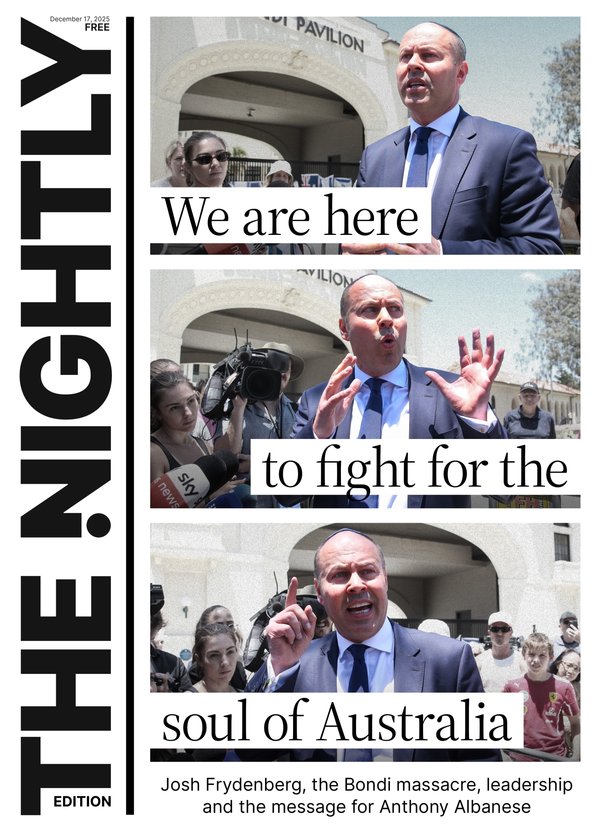Charting the fascinating backstory of London’s Barbican district
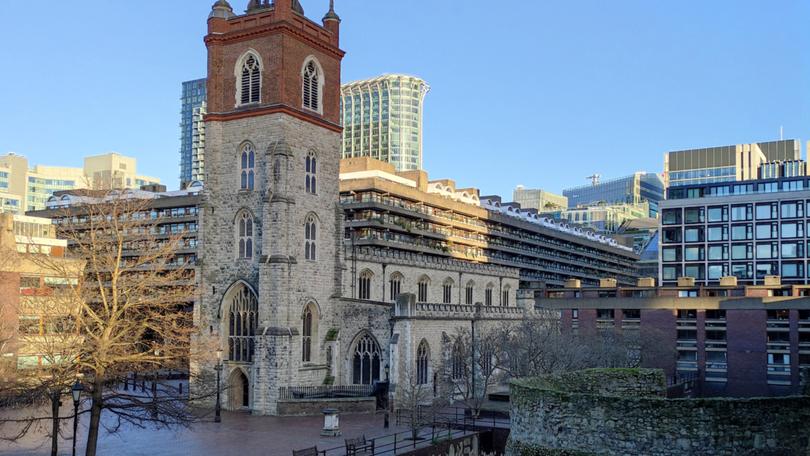
Often dismissed by people (including me, I must confess) as a Brutalist eyesore, the Barbican is actually one of Britain’s most absorbing and peculiarly photogenic neighbourhoods.
That much is evident after an enlightening 90-minute walk around this extraordinary housing estate, and its eponymous arts centre, which sprawls on the City of London’s north-western tip.
Charting the Barbican’s fascinating backstory and evolution is tour guide Jess, who reveals how this 16ha site replaced an old industrial district, rife with warehouses for the rag and silk trades, badly damaged by World War II bombs.
As we navigate the Barbican’s concrete squares, crescents, stairways and elevated walkways on foot, Jess points out the quirky architectural features, many tapping into London’s history as well as the design trends of the 1960s and 70s, when most of the buildings shot up, including 40-plus-storey towers named after iconic Britons like William Shakespeare and Oliver Cromwell (who was married at the medieval St Giles-without-Cripplegate Church that’s within the estate’s boundaries).
ROAM. Landing in your inbox weekly.
A digital-first travel magazine. Premium itineraries and adventures, practical information and exclusive offers for the discerning traveller.
By continuing you agree to our Terms and Privacy Policy.Architectural firm Chamberlin, Powell and Bon was handed the Barbican project, having successfully constructed the post-war Golden Lane housing estate next door.
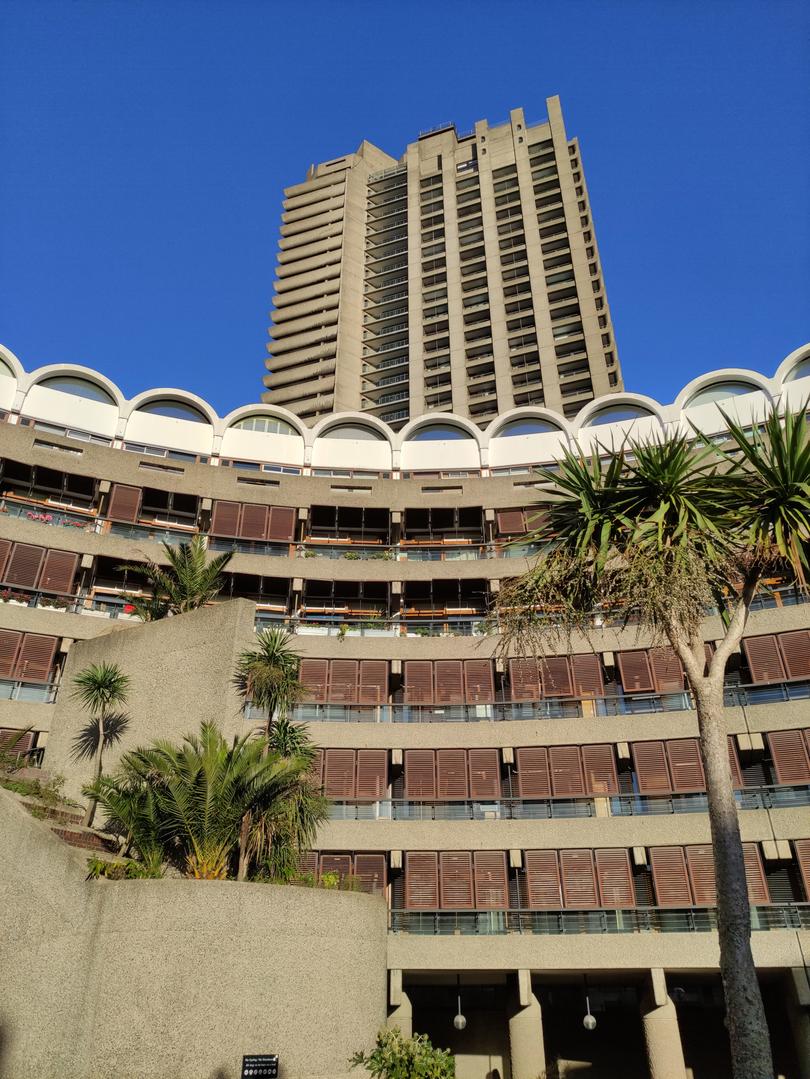
Inspired by the concrete designs of the Swiss-French architect Le Corbusier, the firm fashioned the Barbican as a new utopian kind of inner-city living, with its 2000 flats, containing 140 different layouts, targeted at middle-class and affluent professionals, who would probably otherwise have resided in the suburbs.
Barbican derives from the old French word “barbacane”, meaning a fortified outpost on the outer perimeter of a city, and this estate happens to have a few defensive relics of Londinium, as ancient Roman London was known.
Enhancing the Barbican’s fortified feel are the turrets, crenellations and arrow slit-like etchings high up some blocks. In contrast, dreamier destinations are evoked in other aspects.
Jess highlights flat balconies shaped a bit like Venetian gondolas and others with teak blind shutters that you’d see in Mediterranean holiday towns. Boosting the Barbican’s desirability are water features (including an artificial lake), hanging plants, palm trees, landscaped gardens and a heated conservatory teeming with tropical foliage.
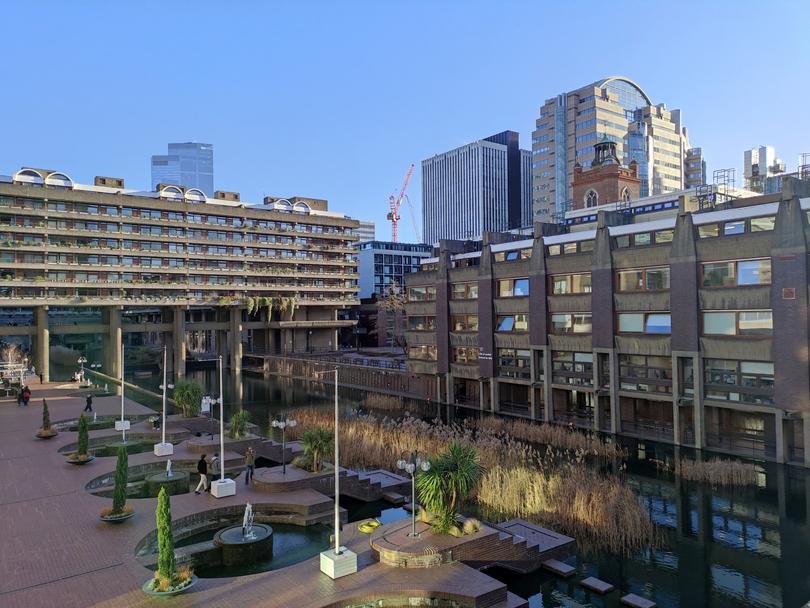
Everything looks shipshape at the Barbican, but a recent report revealed that authorities will need to spend almost $1 billion over the next 25 years to maintain and upgrade the estate’s infrastructure, including to meet its net zero obligations.
With good Tube links across London, and being only a 15-minute walk to St Paul’s Cathedral, the Barbican has become an increasingly sought-after place to live.
But for most Londoners, it’s a fantasy.
“It used to be possible for a trainee nurse to afford to live at the Barbican,” says Jess, with a wry smile.
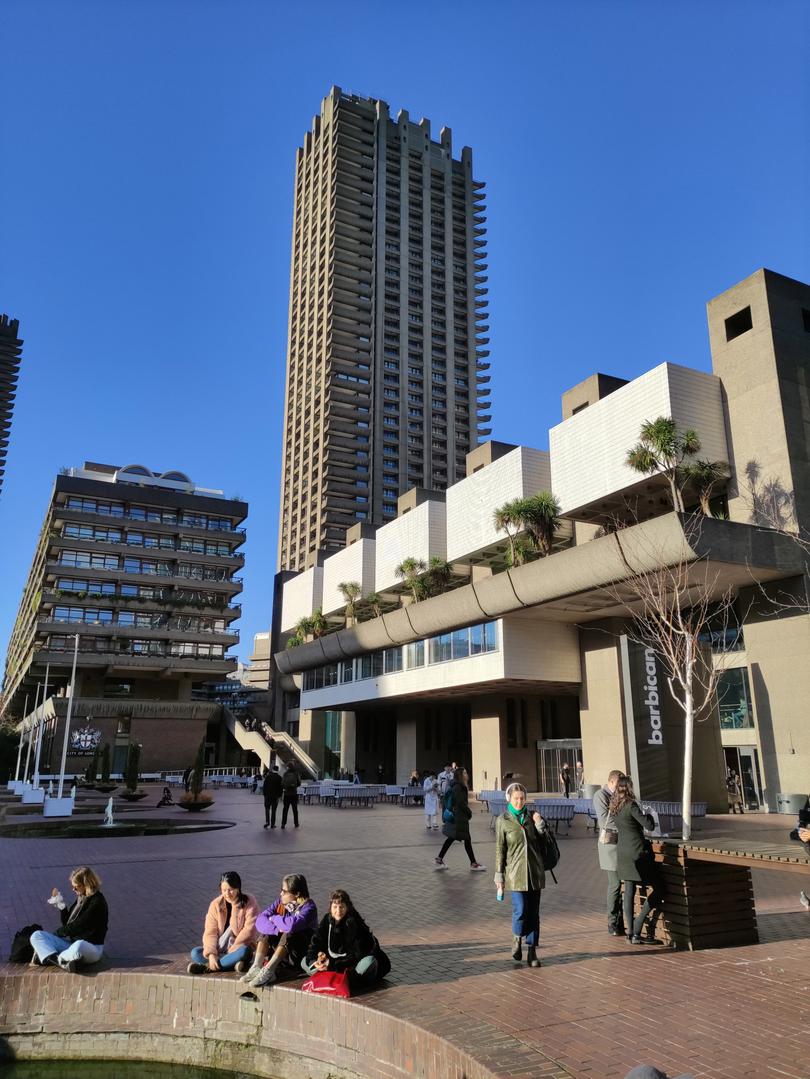
Now it’s like the rest of London, all sky-high rents and property prices. You’d be lucky to snap up a snug one-bed Barbican flat for $1 million.
Some residents were definitely in the right place at the right time in the 1980s, capitalising on then-prime minister Margaret Thatcher’s controversial right-to-buy scheme, which enabled tenants to buy their rented local authority homes at knock-down rates.
Another bonus for residents here is having Europe’s largest arts venue of its type on the doorstep. Completed in 1982, the vast Barbican Centre stages live theatre, dance and classical music as well as cinema screenings and cultural exhibitions. It also has a library, shops and a cafe that spills on to the lakeside terrace.
On this sunny afternoon, people are sitting, dangling their legs over the water and looking south towards the gleaming skyscrapers of the city. It’s a strangely beautiful scene. I had never expected to see the Barbican in this light.
+ Steve McKenna was a guest of Visit Britain, which has not seen, influenced or approved this story. fact file + Group architecture tours of the Barbican are priced from £10 ($19). To book one and to browse the listings at the Barbican Centre, see barbican.org.uk + For more information on visiting London, see visitlondon.com + To help plan a trip to Britain, see visitbritain.com
